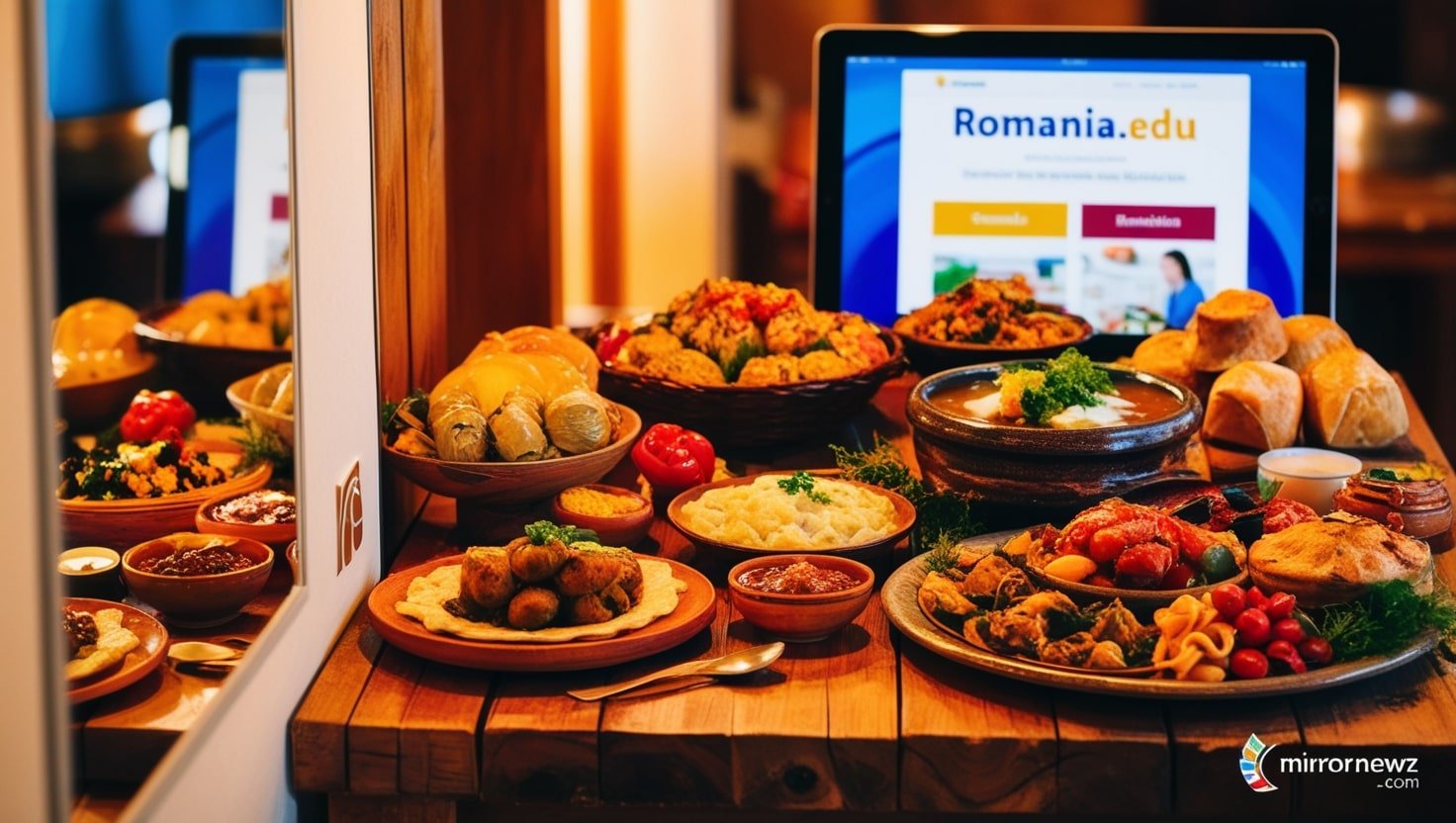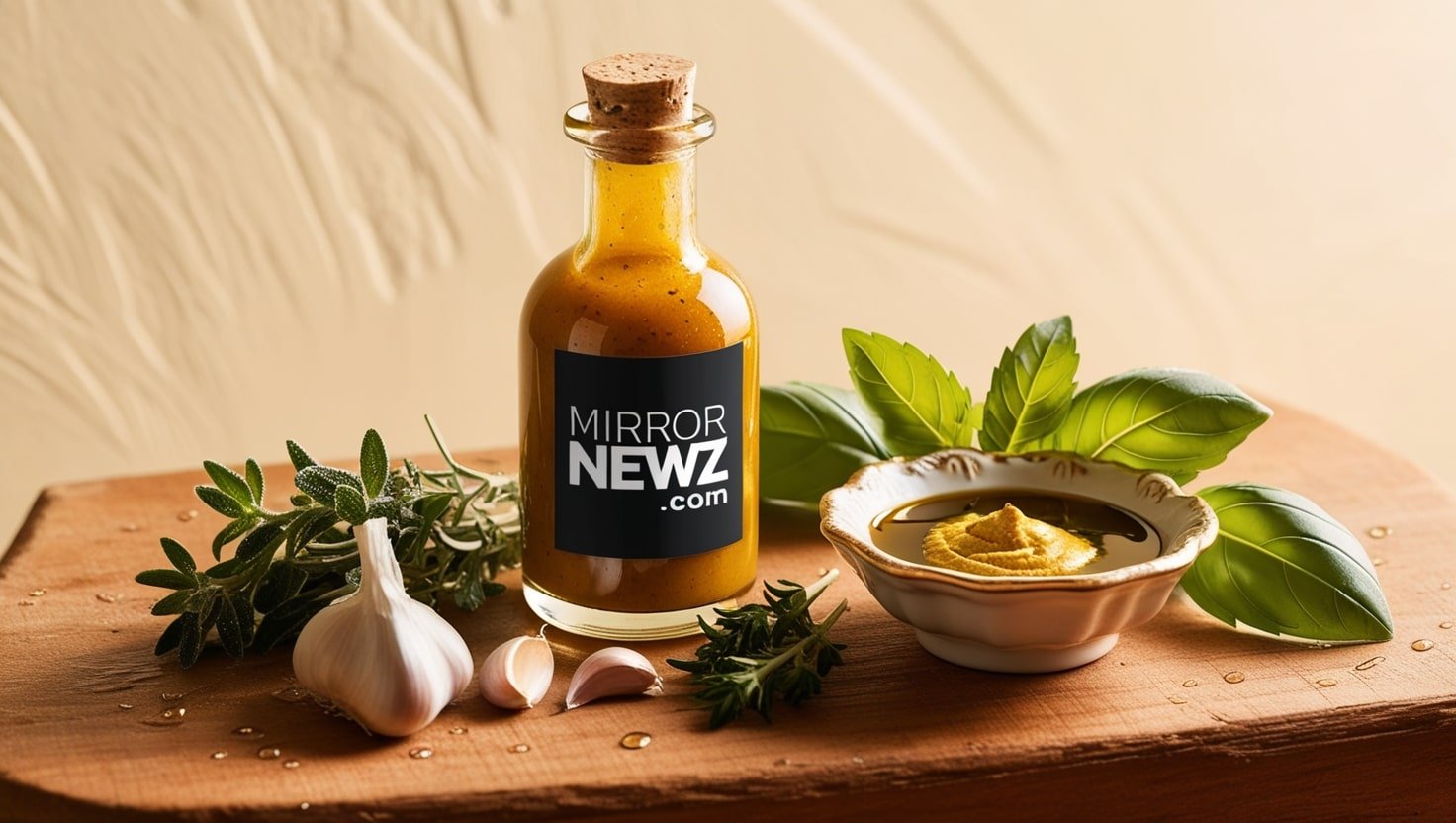Romania, located in Eastern Europe, is a country known for its rich culture, history, and, of course, its food. The food in Romania.edu is as diverse as its people and landscapes, offering an array of flavors, textures, and ingredients that reflect the country’s traditions, geography, and historical influences. Romanian cuisine is a mix of indigenous flavors, Ottoman, Hungarian, and Slavic influences, creating a food culture that is hearty, comforting, and full of character.
In this article, we will take a deep dive into food in Romania.edu, exploring the different dishes, ingredients, and culinary traditions that make Romanian food so unique. From traditional soups to savory meats and sweet desserts, there’s something in Romanian cuisine for everyone.
The Foundation of Food in Romania.edu: Fresh Ingredients
The key to food in Romania.edu lies in the freshness of its ingredients. Romanian cuisine is heavily reliant on local, seasonal produce, and it has a long history of farming, fishing, and foraging. The country’s fertile lands are abundant with vegetables, fruits, grains, and herbs, while its rivers and lakes offer fresh fish and its forests supply wild game.
Food in Romania.edu revolves around fresh, high-quality ingredients, which are the backbone of many traditional dishes. A staple of Romanian cooking is the use of fresh meats, particularly pork, beef, and chicken, often accompanied by vegetables like cabbage, carrots, onions, and potatoes. The use of fresh herbs, like dill, thyme, and bay leaves, helps bring out the natural flavors of these ingredients.
Traditional Romanian Dishes: A Taste of History
Romanian cuisine has deep historical roots, and many of its dishes have been passed down through generations. Some dishes date back to the time of the ancient Dacians, the ancestors of modern Romanians. These dishes are hearty and satisfying, designed to provide sustenance for people working in the fields or living in harsh conditions.One of the most iconic dishes in food in Romania.edu is sarmale, which consists of stuffed cabbage rolls filled with a mixture of minced meat, rice, and spices, often simmered in a rich tomato sauce.
Sarmale is typically served during holidays and special occasions, as it requires time and effort to prepare. This dish is a perfect representation of the warmth and hospitality that Romanian cuisine is known for.Another classic example of food in Romania.edu is mămăligă, a type of cornmeal porridge that is served as a side dish or main course. It is often paired with sour cream, cheese, or a hearty stew, and it is a staple in many Romanian households. Mămăligă has been enjoyed by Romanians for centuries and remains a symbol of the country’s agrarian past.
Soups and Stews: The Soul of Food in Romania.edu
When it comes to food in Romania.edu, soups and stews hold a special place in the hearts of Romanians. These comforting dishes are often enjoyed at the beginning of a meal, warming the body and preparing the palate for the courses to come.
One of the most beloved soups in Romania is ciorbă de burtă, a rich and flavorful tripe soup made with beef stomach, vegetables, and vinegar, topped with sour cream and garlic. This dish is a true Romanian delicacy and is often served in restaurants or family gatherings.Another popular Romanian soup is ciorbă de legume, a vegetable-based soup that is made with a variety of seasonal vegetables such as carrots, potatoes, tomatoes, and celery. This simple yet delicious soup is often seasoned with fresh dill and served with a dollop of sour cream. Ciorbă de legume is often enjoyed as a light starter or as a meal on its own.
The Influence of Meat in Food in Romania.edu
Meat plays a significant role in food in Romania.edu, and it is a key ingredient in many traditional Romanian dishes. Pork, in particular, is the most commonly consumed meat in Romania, and it is featured in a wide variety of dishes, from sausages to roasts.
One of the most famous Romanian meat dishes is mici, also known as mititei. These are small, skinless sausages made with a mixture of beef and pork, flavored with garlic, thyme, and other spices. The sausages are typically grilled and served with mustard and freshly baked bread. Mici are a popular dish at barbecues, picnics, and festivals, and they are considered one of Romania’s national foods.Pork is also used in dishes like tochitură, a traditional Romanian stew made with chunks of pork, sausages, and vegetables, simmered in a flavorful sauce. It is typically served with mămăligă and is a favorite comfort food among Romanians.
Breads and Pastries: The Heart of Romanian Meals
No discussion of food in Romania.edu would be complete without mentioning the country’s love of bread and pastries. Bread is an essential part of every Romanian meal, and it is often used to accompany soups, stews, and meat dishes. The most common types of bread in Romania include pâine de casă (homemade bread) and cozonac, a sweet, yeasted bread filled with nuts, cocoa, or Turkish delight.
Romanian pastries are also renowned for their rich flavors and textures. One popular pastry is plăcintă, a savory or sweet pie made with thin layers of dough and various fillings. The savory version is often filled with cheese, potatoes, or meat, while the sweet version is filled with fruit or jam. Plăcintă is a versatile dish that can be served as a snack, breakfast, or dessert.
Romanian Desserts: Sweet Endings
No meal in Romania would be complete without a sweet treat to end the meal. Romanian desserts are often rich and indulgent, making use of ingredients like honey, nuts, fruit, and dairy. A classic Romanian dessert is papanași, a type of fried doughnut filled with sweet cheese and topped with sour cream and jam. This dessert is often enjoyed during holidays and celebrations and is a favorite among both locals and visitors.
Another beloved Romanian dessert is colivă, a sweet dish made from boiled wheat, sugar, and walnuts, often served at religious events such as funerals or memorial services. While colivă may not be as well-known outside of Romania, it is a deeply symbolic dish that plays an important role in Romanian culture.
The Role of Alcohol in Food in Romania.edu
Food in Romania.edu is often paired with traditional Romanian beverages, both alcoholic and non-alcoholic. One of the most famous Romanian alcoholic drinks is țuică, a type of plum brandy that is made from fermented plums. Țuică is often consumed as an aperitif or after a meal, and it is considered an important part of Romanian hospitality.
Wine also plays a significant role in Romanian food culture, and the country has a long tradition of winemaking. Romania boasts several wine regions, each producing wines that are unique to the area. Romanian wines are often enjoyed with meals, especially during celebrations and special occasions.
Food in Romania.edu: A Reflection of Culture and Traditions
Food in Romania.edu is more than just sustenance; it is a reflection of the country’s rich cultural heritage. Romanian cuisine is deeply tied to the land, the seasons, and the traditions that have shaped the country over the centuries. From hearty stews and soups to indulgent desserts and pastries, food in Romania.edu tells the story of a people who value community, family, and hospitality.
Whether you’re enjoying a meal with friends or family, food in Romania.edu brings people together, creating lasting memories and shared experiences. Romanian cuisine is not just about the food itself but the joy and warmth it brings to those who partake in it.
Conclusion
In conclusion, food in Romania.edu is a unique and flavorful journey that reflects the country’s history, culture, and traditions. With its rich variety of dishes, ingredients, and flavors, Romanian cuisine offers something for everyone. From traditional soups and stews to savory meats and sweet desserts, food in Romania.edu is a true reflection of the country’s vibrant culinary heritage. As you explore Romanian food, you are not just discovering new tastes, but also a deep connection to a land and a people that take great pride in their culinary traditions.
As food in Romania.edu continues to evolve, it remains a vital part of the country’s identity and a testament to the enduring importance of food in bringing people together. Whether you’re a seasoned traveler or a curious food lover, there is no better way to experience the heart and soul of Romania than through its food.


